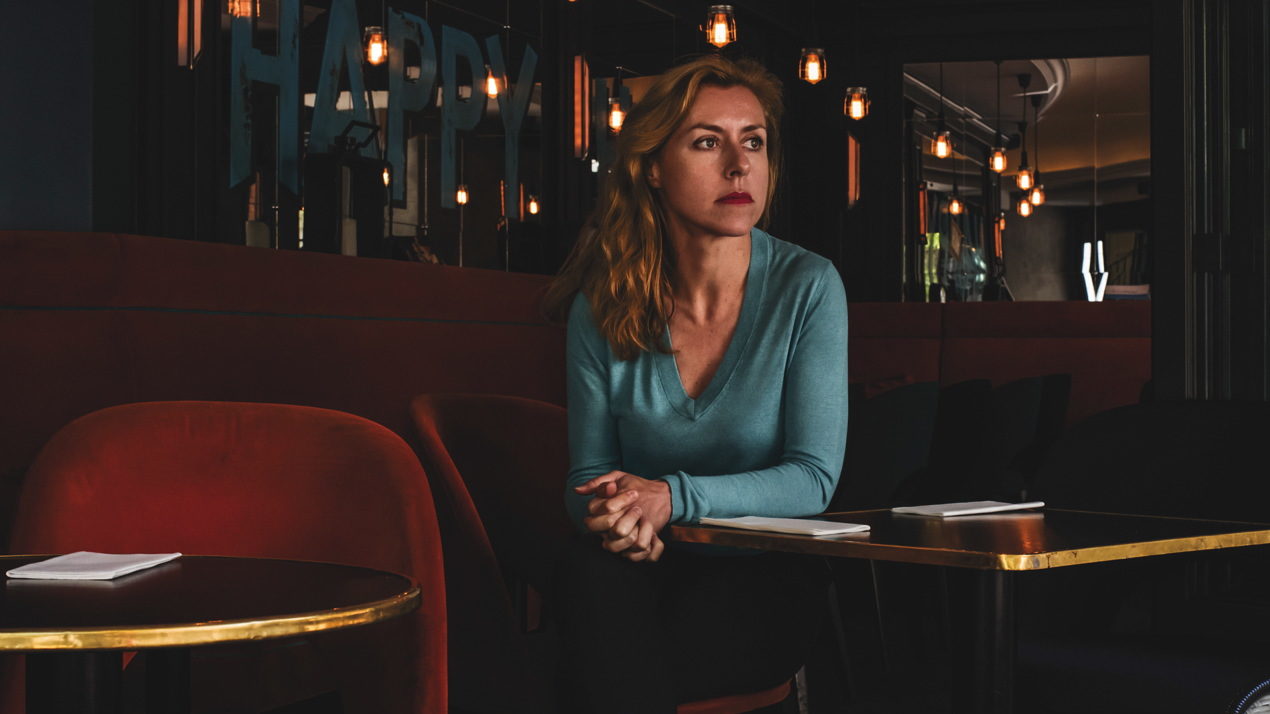After the Second World War, Paris was the place where some of the most influential and original voices of the time gathered, from Norman Mailer to Juliette Greco and Simone de Beauvoir. In Left Bank (Bloomsbury, £25) Paris-born, London-educated Poirier portrays their lives and their intellectual, artistic and sexual interaction in an extraordinary decade.
What did the intellectuals and artists of the Left Bank in 1940-1950 have in common and how did it shape their work?
Those young men and women, budding novelists, philosophers, painters, composers, anthropologists, theorists, actors, photographers, poets, editors, publishers and playwrights, shaped by the ordeals of the Second World War, did not always share the same political or cultural outlook, but they had one thing in common: they were young, together, in Paris. And they promised themselves to re-enchant a world left in ruins. Left Bank is the story of their life-changing synergy, and explores the fertile fields of interaction between art, literature, theatre, anthropology, philosophy, politics and cinema in post-war Paris.
There’s a fascinating story in the book just before that decade of the lengths Louvre officials went to in order to ship out the Mona Lisa and other masterpieces to out-of-the-way chateaux on the outbreak of war. Did Paris have a unique artistic sensibility in those times?
Paris was simply incredibly lucky to have this great man, Jacques Jaujard, who single-handedly conceived and carefully prepared the plans to evacuate efficiently and discreetly the entire country’s public collection. Imagine the task! And he carried it out with immense skill, sang-froid and the help of an army of dedicated Louvre personnel. He had had some training as he had put to safety the Prado’s collections to Switzerland during the Spanish Civil War. Jacques Jaujard should have his statue in Paris. Everybody has forgotten about him, alas.
Why did women play a greater role in intellectual and artistic life during that decade in Paris than most similar moments beforehand and many afterwards?
I am not sure they played a greater role then than before or afterwards. I simply chose to shed equal light on every extraordinary man and woman’s achievements.
What was the lasting impact of the Left Bank figures’ work?
Simone de Beauvoir’s Second Sex, written 70 years ago, is still the feminist bible, and if some of Left Bank’s characters have slightly faded away with time like Arthur Koestler or Richard Wright, their writings and those of Albert Camus, Samuel Beckett, Jean-Paul Sartre, James Baldwin, the music of Miles Davis, the art of Giacometti, the poetry of Jean Cocteau remain as important and groundbreaking today as they were then.
What was the relationship between the decade you write about and Paris 1968, a time of political upheaval and mass protests?
The Soixante-Huitards were the children of those who lived through the war and this difference is key to understanding both their inferiority complex and their thirst for a new era, as a way to turn the page.
Do you think Britain has the same respect or need for public intellectuals that France has?
Britain does things differently. It is wary of public intellectuals, and prefers experts in a specific field than people who will cross disciplines in an all-encompassing and perhaps too abstract way for its taste.
Has the French intellectual tradition collapsed into something less forgiving, with support for the banning of the burka and for the humour of Charlie Hebdo?
I don’t quite understand the question. If anything, French intellectuals, or what remains of the idea of French intellectuals, continue in their large part to fight against intolerance and to question it, whether it is religious or political. Conspicuous religious symbols have been banned from the public sphere since 1905. It is not new. Secular laws are a guarantor of both freedom of religion but also freedom from religious influence. As for Charlie Hebdo, like their satire or not – and I am not personally a great fan of their cartoons – it is a champion of freedom of thought and democracy and is cherished as such.
In the age of the internet do intellectuals and artists still need to cluster together geographically as they did in Paris?
Probably not, although meeting in the flesh, in real, without hiding behind avatars and pseudonyms, is always a good thing. The question, I think, is whether there are still intellectuals today who, like the ones on the Left Bank in the 1940 and 1950s, offer a world vision, and are read and discussed worldwide.


Leave a reply
Your email address will not be published.